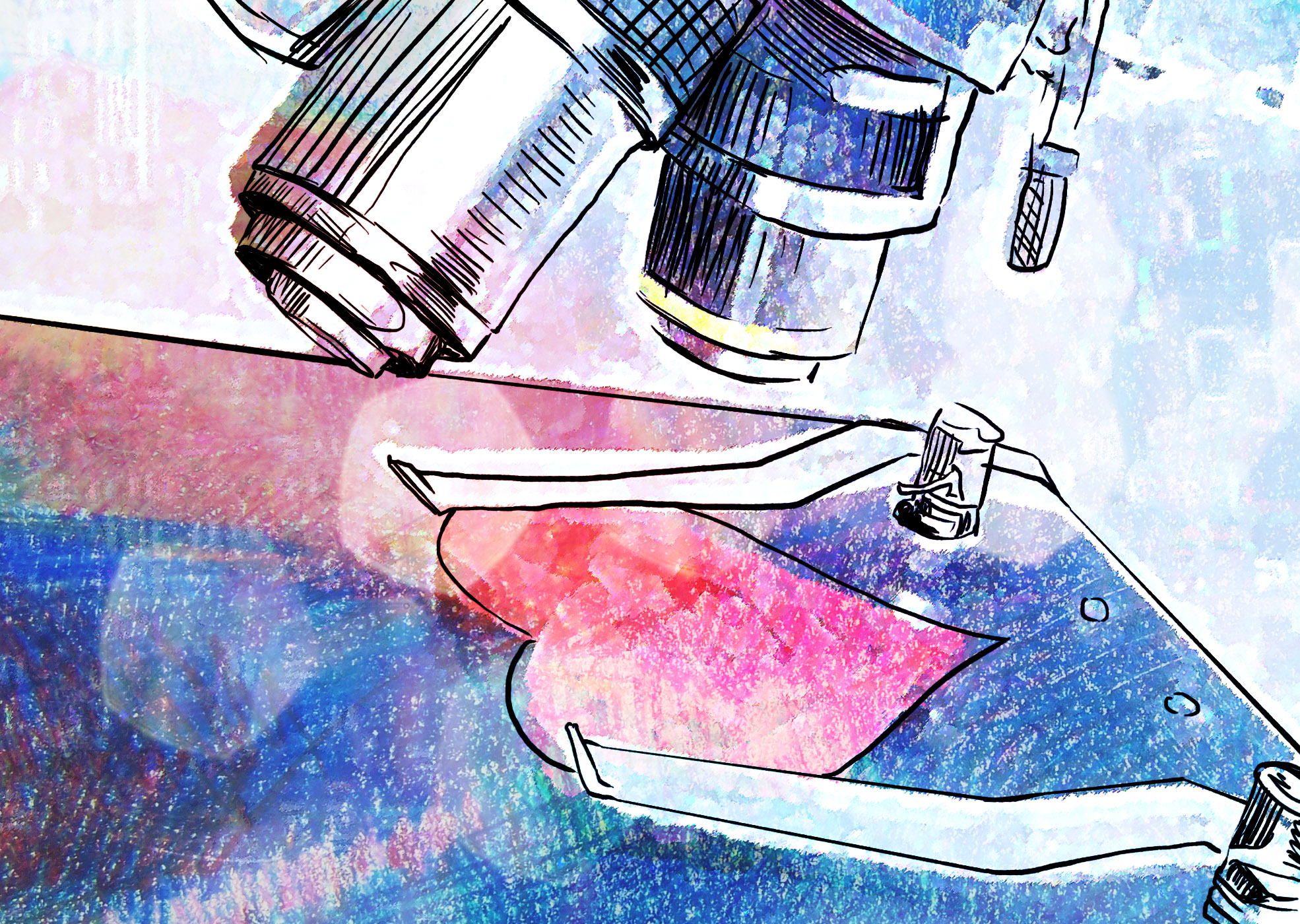Each year on February 14, couples everywhere take a day to celebrate their love. This year, McGill’s science outreach program hosted a Freaky Friday on Valentine’s Day dedicated to love. Freaky Friday is a monthly event that normally features experts presenting their research to the public in an accessible way. For example, in 2011, John Lydon, a professor in social psychology at McGill, presented his theory on speed-dating, the role of physical attractiveness, and the eternal triangle of love.
This year, the organizers decided to shift the focus. Rather than giving the stage to renowned researchers, it was given to undergraduate students. Three McGill undergraduates were given four minutes to present their own theories of love and defend it against a panel of judges consisting of recently graduated McGill science students.
Love is the drug
The evening started with the neurochemical drivers of two early stages in love: lust and attraction. According to the first student, Adam Iskric, being in love is comparable to being on, and addicted to, drugs. Various hormones and neurotransmitters are involved in the feelings of love – testosterone, dopamine, adrenaline, and serotonin. “Dopamine, for instance, has the same effect as cocaine. It stimulates the desire and reward system in the brain and gives us this intense feeling of pleasure,” explained Iskric. Increases in dopamine levels are associated with increased levels of energy, loss of appetite, less need for sleep, and focused attention toward a partner. In that sense, we are getting addicted to our partner.
Trust me (this is love)
“Imagine this. Meet a random stranger, sit together on a bench, exchange intimate personal experiences for half an hour, and then stare in each other’s eyes for four minutes,” described the next student speaker, Alexander Rosenthal. This experiment, conducted by Arthur Aron, a professor of social psychology at Stony Brook University, was supposed to make people fall in love in 34 minutes. Interestingly enough, after the session, most of the assigned pairs did feel highly attracted to each other. Two couples even got married.
According to Aron, eye-contact facilitates the release of oxytocin. She went on to explain that, “Oxytocin plays an important role here. It is also called the love-hormone, as it is released while having sex, giving birth, breast-feeding, and other activities that involve trust. Oxytocin makes us feel closer to the other person which is crucial in order to establish a long-lasting relationship.”
Bizarre love triangle
The final student presenter, Ethan Yang, focused on the social aspect of love. “As a person who grew up in different countries and cultures, this was what always interested me most. Love means different things depending on the dominant values and norms in society,” he said. Yang claims that from a biological point of view, love’s a phenomenon based on a cocktail of neurochemicals. However, whether we fall in love heavily depends on our surroundings and can be influenced by how we perceive and classify love. This touches, for example, on different images of the family throughout history, gender roles, sexual orientation, and intersexuality. He summarizes this conception by using the triangular theory of love. “There are three main aspects of love: passion, intimacy and commitment. The type of a relationship depends on the mixing proportions of all three. These three aspects alone can be explained with neurochemical processes in the brain. The mixing proportions are shaped by the social context.” Hence, Yang concluded the evening with a synthesis of the previous approaches.
Though the talks didn’t present particularly cutting-edge research, it was an opportunity for to highlight student researchers rather than the usual professor-centered presentations.
Ingrid Birker, science outreach coordinator and organizer of Freaky Fridays, saw the evening as a great success. “I am thrilled about the high quality of the contributions. Another event like this is definitely something worth considering.” There are, however, no concrete plans for another freaky science competition.
Next time your heart flutters and your eyes go googly, remember the biological, psychological, and social aspects going on in your mind and body. There is science to the silly little thing called love.
